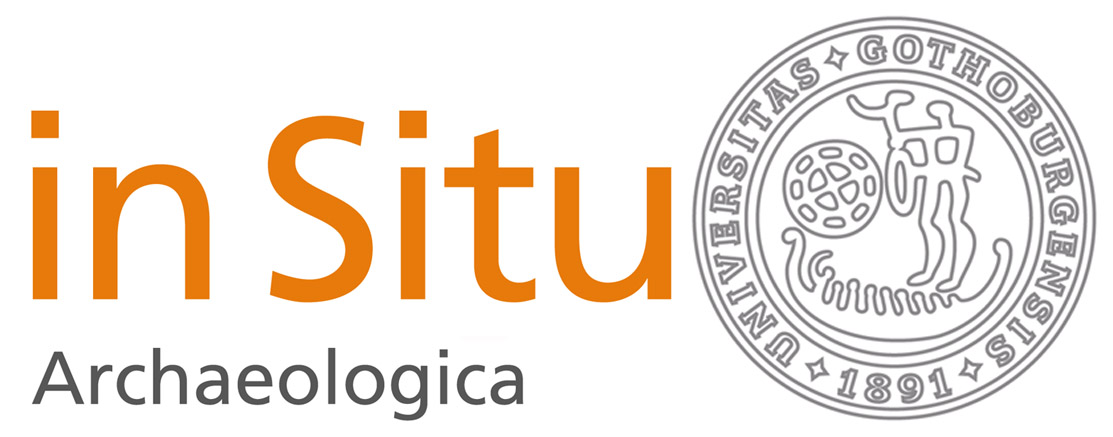Halländska tvåskeppiga hus från förromersk järnålder 500 – 0 BC
DOI:
https://doi.org/10.58323/insi.v14.9310Abstract
During an excavation in August 2016 at the parish Stafsinge, north of the town Falkenberg in the county of Halland, remains of two-aisled houses dated to the Pre-Roman Iron Age were found. Traditionally, this type of house is considered to cease in the early Bronze Age and then be replaced by three-aisled houses. The dates thus raised the question of whether the two-aisled houses could have coexisted with the three-aisled houses during the early Iron Age? This article makes a compilation of other two-aisled houses dated to the early Iron Age, found during excavations in southern Halland and in southern Swedish regions as well as in the Lower Rhine delta in the Meuse Demer Scheldt River basin. Finally, the problem of limited investigation areas and dating opportunities in archaeological exploitation missions, which can lead to the loss of important information about the composition of the settlements is emphasised.
Downloads
Downloads
Published
How to Cite
Issue
Section
License
Copyright (c) 2020 Mats Nilsson

This work is licensed under a Creative Commons Attribution 3.0 Unported License.
Authors contributing to In Situ Archaeologica agree to publish their articles under a Creative Commons License. This gives third party different rights to use the material under certain conditions. These rights is defined by which license the article is published and it is the third partly responsibility to ensure that the license is fullfilled in any re-use of the material. Authors always retain copyright of their work and any re-use of the material presumes that appropriate credit is given the author, a link is provided to the license, and any changes made are clearly indicated.



